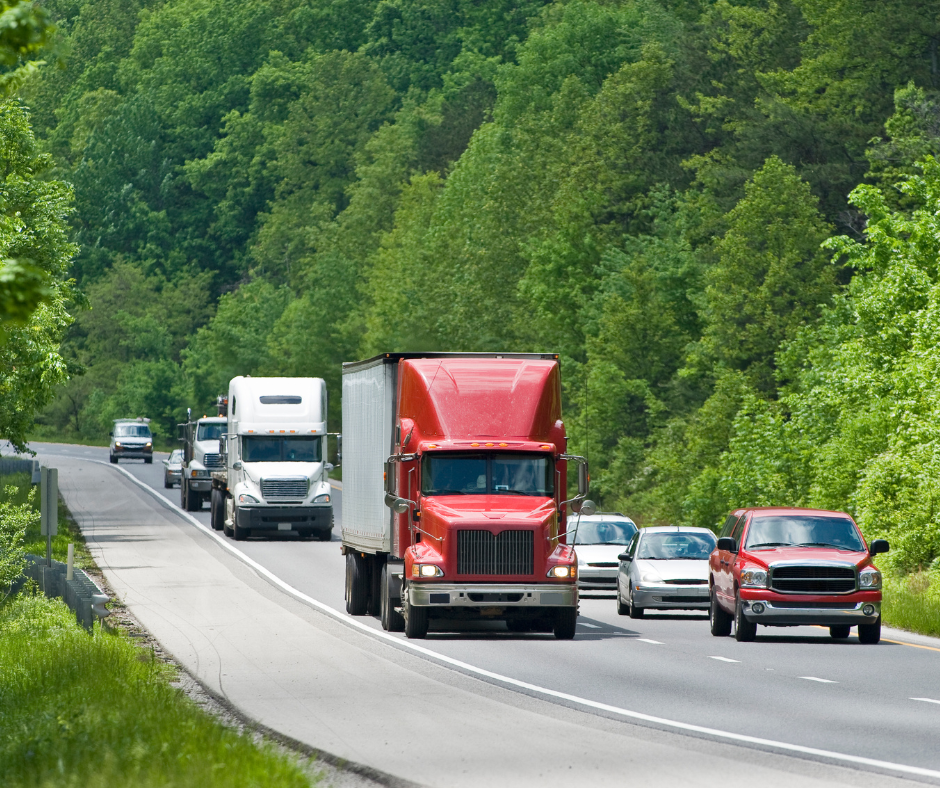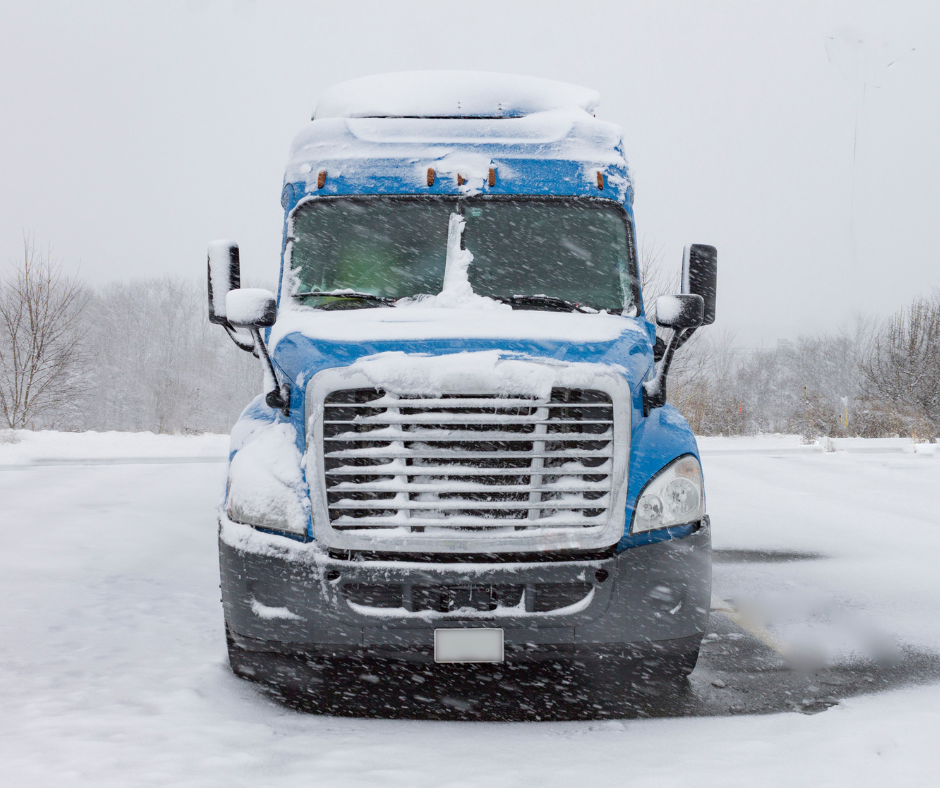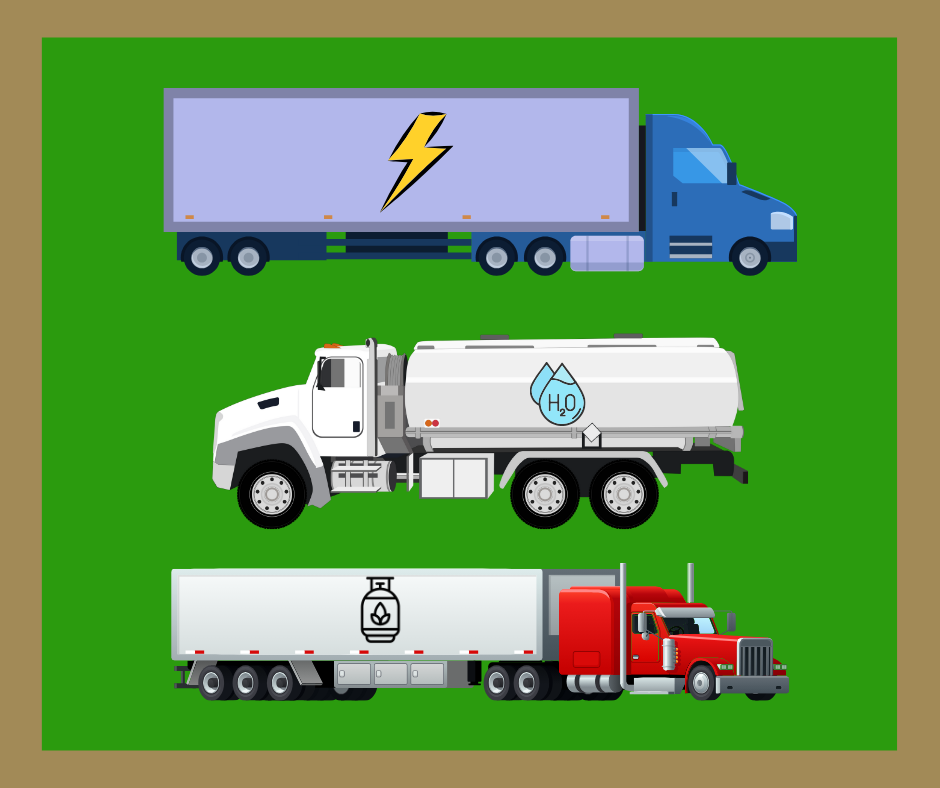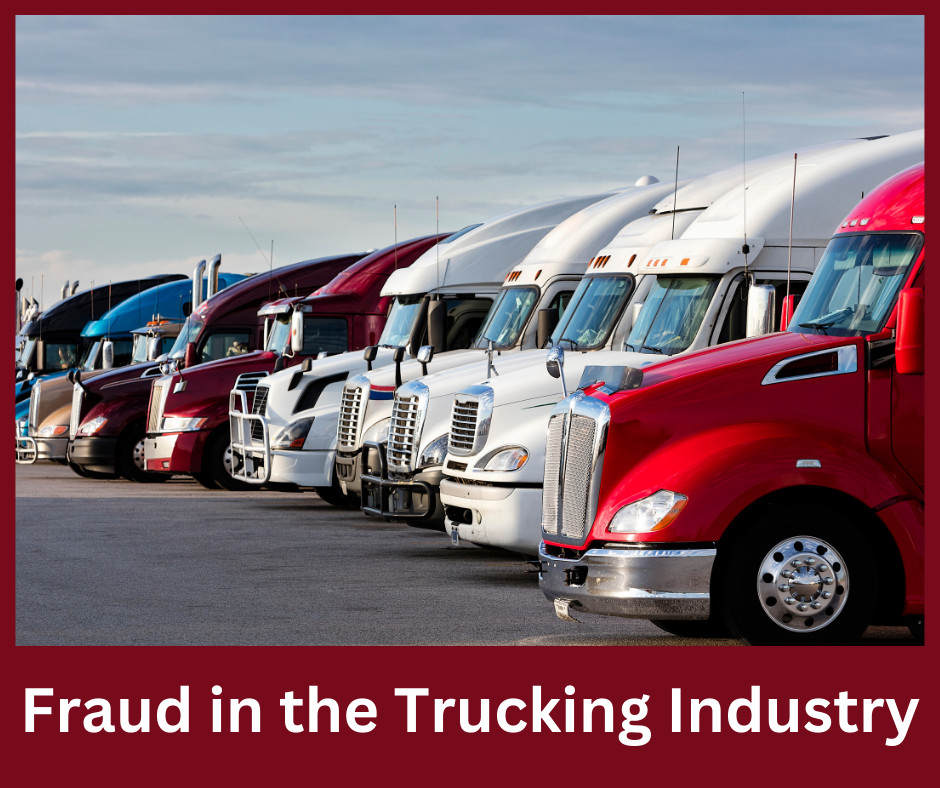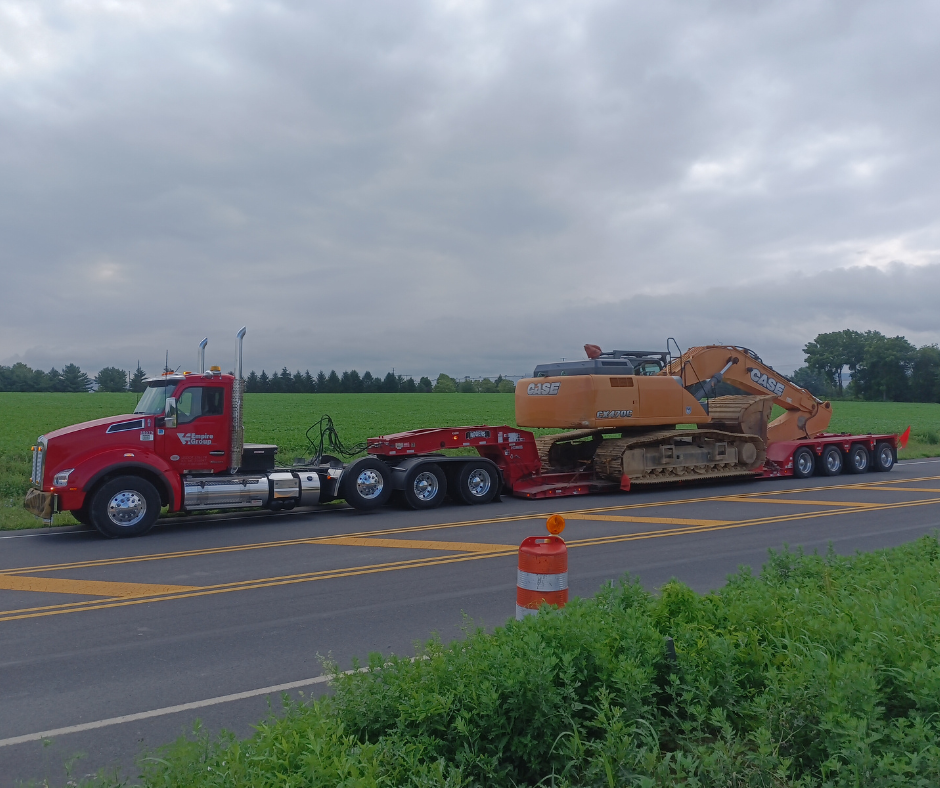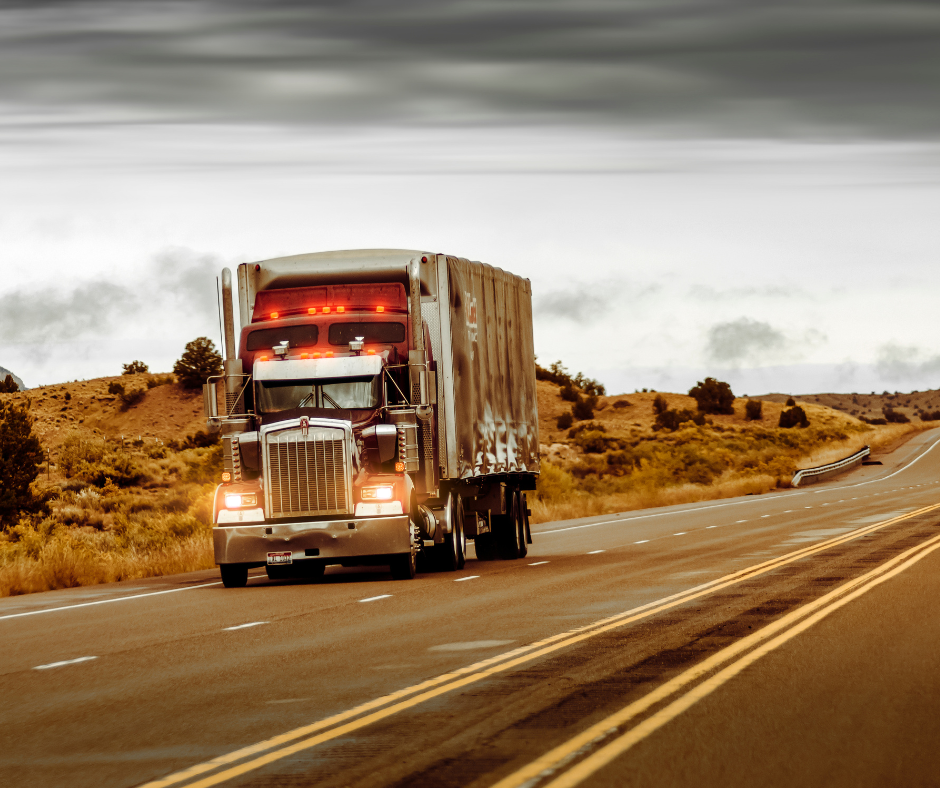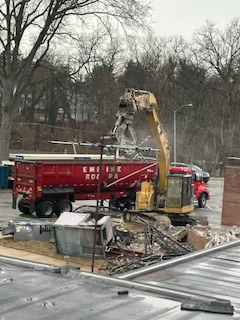Is the Top of Your Trailer a Snow Hazard?

Source: buffalonews.com
Winter is here and so is the problem of clearing off snow and ice on top of a trailer. Depending on where you live, snowfall can range from a few inches to a few feet a season. The heavier the snow and ice, the harder it is to clean off the truck. It is vital that truck drivers and fleet owners take the time to properly maintain their trucks before, during and after a snowstorm to help prevent a buildup of snow and ice on top of trailer.
A Deadly Accident
Snow and ice falling off a tractor-trailer is a hazard to other drivers on the road and can cause deadly accidents. It’s such a serious problem that New Hampshire passed a law that requires drivers to clean off the snow and ice from their vehicles before getting on the road. Jessica’s Law was passed in 2002, named after Jessica Smith who was killed when 9-foot piece of ice flew off a tractor-trailer and hit a box which hit her car. Those who do not clean off their trucks face a stiff fine and repeat offenders could lose their license.
Keeping Your Truck Clean
There are several ways truck drivers can keep the top of their trailers clear of snow and ice:
1. Machines – There are machines that act as “super scrapers” to remove snow. They scrape off snow as trucks are driven under it.
2. Pressure Cleaning – There are some trucking companies that do not clean their trucks due to freezing temperatures. However, pressure cleaning tractor-trailers is necessary to remove chunky snow and charcoal grime, not to mention salt, from the wheel wells and the chassis. It’s best to wash your truck in truck bay, as it is warm enough to prevent the water from turning to ice on the vehicle. Also, a clean truck positively represents your company.
3. TrucBrush – This machine is a pair of arms that attach to a front loader. Once the arms are raised, a truck drives under the TrucBrush allowing the polypropylene bristles to remove the snow and ice.
A driver should never attempt to remove snow and ice by climbing on the top and using a shovel. This is dangerous as the top is very slippery. The methods above have proven to effectively clean off trucks in a quick and efficient manner. At DVC, we routinely clean our fleet, and our drivers practice safe driving. During the winter months, we take extra precautions to help keep the tops of our trucks clean and safe for the road. Contact today to learn more!
